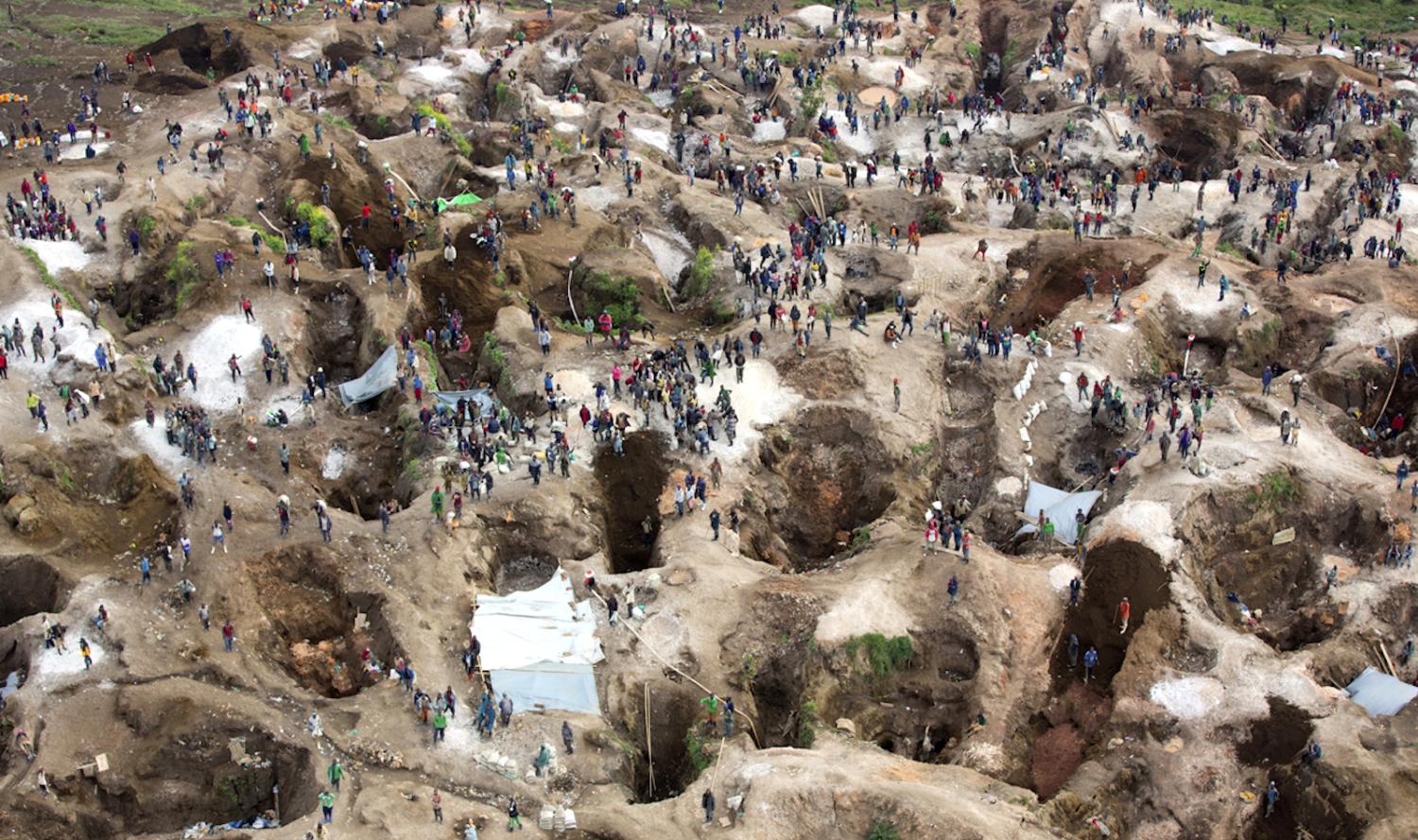- To solve the social costs of congestion, such as long commuting times and high pollution, cities in developing counties often turn to Bus Rapid Transit (BRT) systems. But in Indonesia, BRT made things worse. Arya Gaduh et al. look at the case of TransJakarta to understand why.
- Yuhua Wang explains the collapse of the Chinese state in the early 20th century by the localisation of elites’ social networks, which “contributed to a despotic monarchy”, and draws a parallel with Africa.
- John Bryant analyses how the adoption of new technology in humanitarian operations can – unintentionally – worsen rather than improve crisis situations by limiting the inclusion of vulnerable people, deepening the “digital divide”, reinforcing power inequalities, and jeopardising humanitarian independence.
- Rethinking economic development, Nathan Nunn argues that rich countries could do things differently to help developing countries. Instead of investing in development, for instance, they could just stop doing things that harm poor countries.
- Tin, tantalum, tungsten, and gold—collectively referred to as “3TG” minerals— are common in products such as mobile phones, laptops, medical equipment, and jewellery. They are also a source of conflict in the Democratic Republic of Congo and other African countries, which is why the US implemented legislation intended to reduce 3TG in its supply chains. But then conflicts increased. Jeffrey R. Bloem tries to understand why.
- There are more than 131 million people in need of humanitarian assistance, but Caelin Briggs argues that while countries need to give more aid, they also need to do more to address the root causes of crises, focusing on conflict prevention as a long-term – and more cost-effective – solution to humanitarian emergencies.
- Universal health coverage is difficult to achieve for many developing countries. Contributory systems, in which the very poor are subsidised by tax revenues but everyone else must pay a premium, make the adverse selection (the very poor benefit but few contribute) costly for the government. Abhijit Banerjee et al. found that in Indonesia, temporary health insurance subsidies can improve take-up at no additional cost to the government.
- Global population is projected to exceed 10 billion by 2100. Daron Acemoğlu et al. examine why population growth tends to cause conflict and competition for resources, if unaccompanied by productivity growth and unmediated by strong institutions.
Aid links: Traffic jams, conflict minerals, humanitarian tech, more
Links and stories from the aid and development sector.

A certified conflict-free mining site in North Kivu, Democratic Republic of Congo, 2014 (Photo: MONUSCO/Flickr)
Published 4 Dec 2019
Follow @AlexandreDayant
You may also be interested in
Knowing a true number of residents is crucial to set development goals – for local government and foreign partners.